Oscar and Lucinda (Sydney Chamber Opera) ★★★★☆
Two new Australian operas within the space of a fortnight is by any measure unusual. They are also operas at both ends of the spectrum in terms of scale. Elena Kats-Chernin’s Whiteley utilised the full resources of the major opera company, Opera Australia, including a large chorus, while Elliott Gyger’s Oscar and Lucinda is presented by the highly innovative Sydney-based company, Sydney Chamber Opera, which specialises in much smaller-scale works, usually comprising a limited group of instrumentalists and singers.
The adaptation of Cloudstreet (2016) saw Australia’s favourite novel finally make it onto the operatic stage after incarnations as a stage drama and television series. Oscar and Lucinda, a hugely popular and acclaimed novel, now exists as an opera after its transformation into a successful film. Like Winton’s much-admired novel, Carey’s Booker Prize-winning work (published in 1988 and reviewed for ABR by Elizabeth Riddle) inspired not just critical appreciation, but became a popular favourite (ranking fifth in ABR’s 2009 Favourite Australian Novel poll). It’s a bizarre, sometimes infuriating, but always engrossing work, incorporating a wide range of sources, ranging from elements of Edmund Gosse’s Father and Son to Werner Herzog’s epic film Fitzcarraldo.
This is the second major work of Peter Carey’s to be adapted into opera. Brett Dean’s version of Bliss enjoyed great success when premièred by Opera Australia in 2010, receiving performances in Melbourne, Sydney, and Edinburgh, as well as a new production in Hamburg conducted by Simone Young. Like Bliss, Oscar and Lucinda has a framing narrator whose testimony we often question while also being frequently almost impossibly omniscient as he mediates between the 1980s and the 1860s. Both novels have surreal elements, much suited to operatic transformation.
Continue reading for only $10 per month. Subscribe and gain full access to Australian Book Review. Already a subscriber? Sign in. If you need assistance, feel free to contact us.



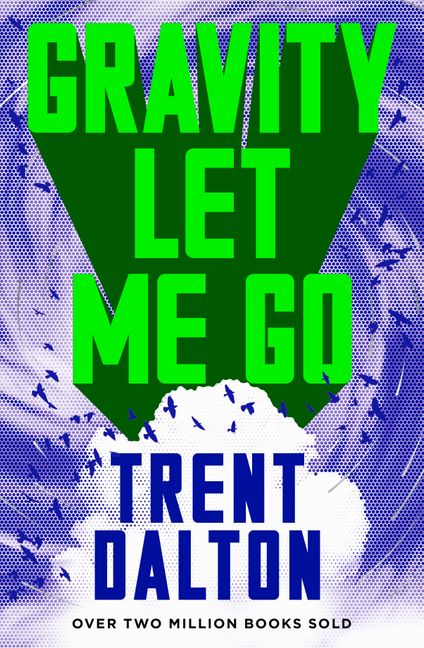
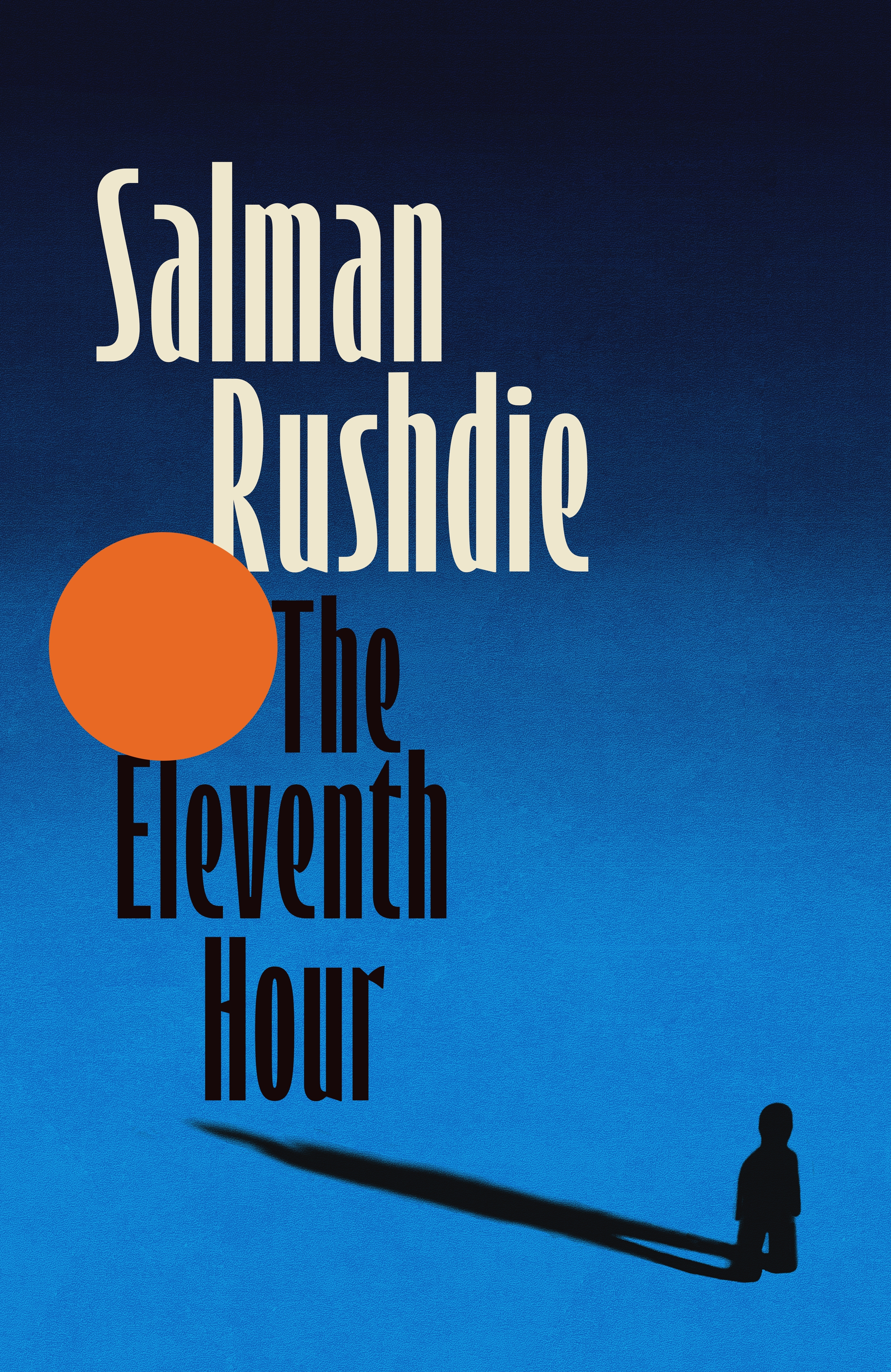
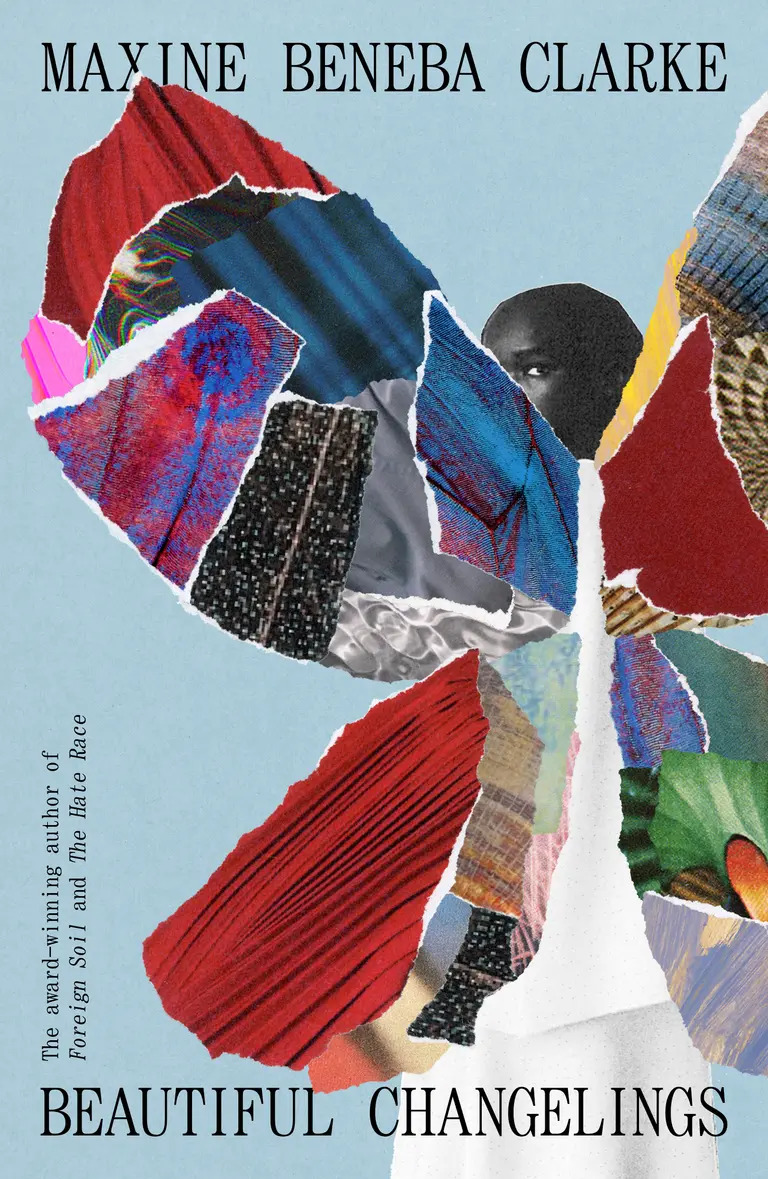
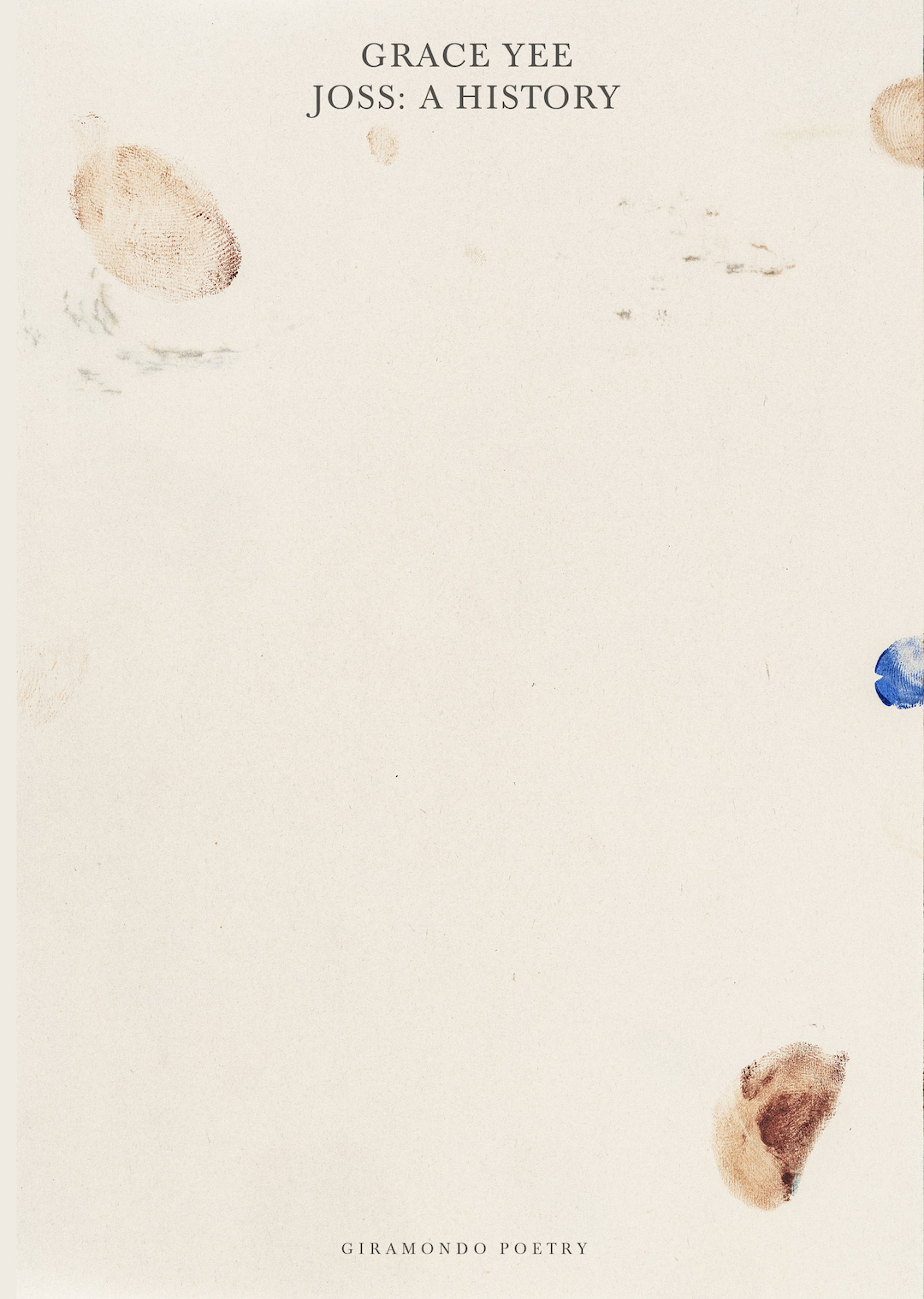
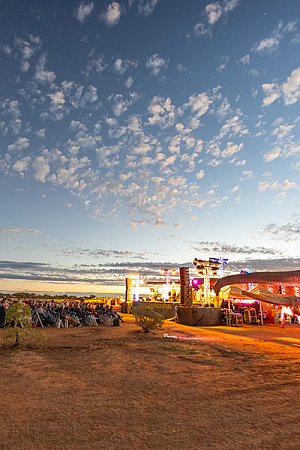
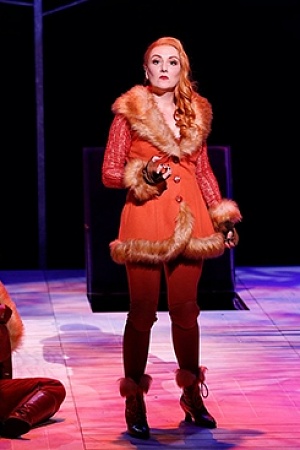
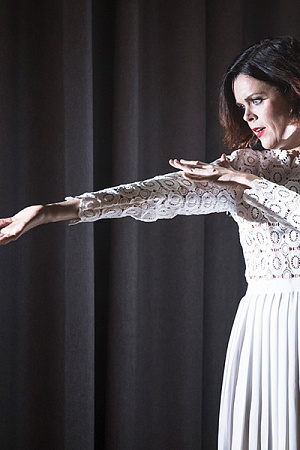
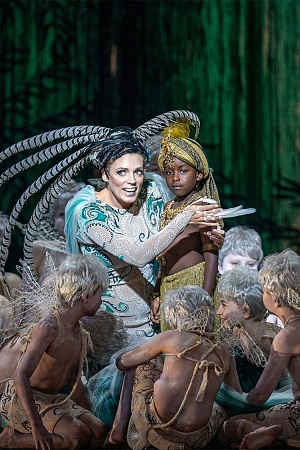
Leave a comment
If you are an ABR subscriber, you will need to sign in to post a comment.
If you have forgotten your sign in details, or if you receive an error message when trying to submit your comment, please email your comment (and the name of the article to which it relates) to ABR Comments. We will review your comment and, subject to approval, we will post it under your name.
Please note that all comments must be approved by ABR and comply with our Terms & Conditions.